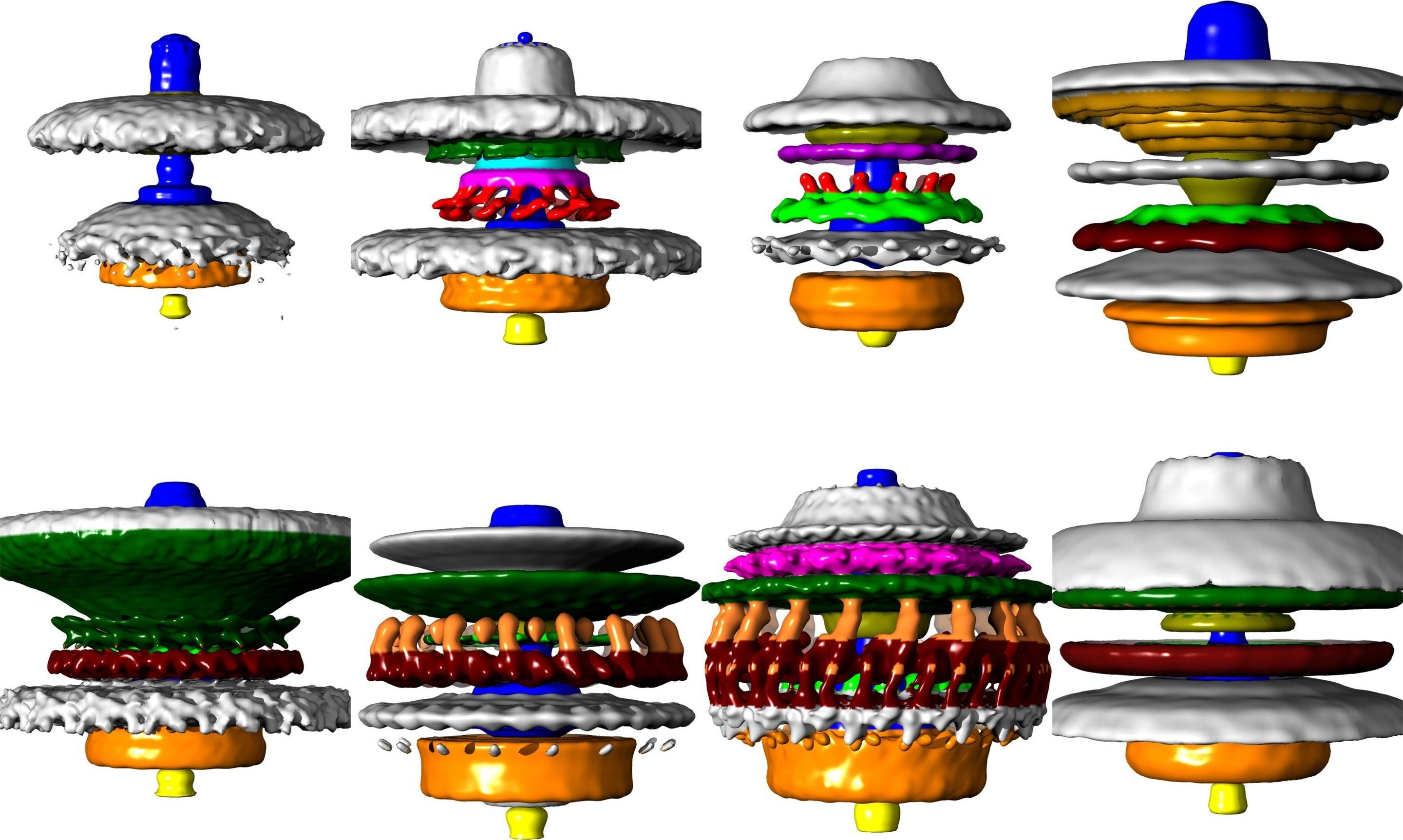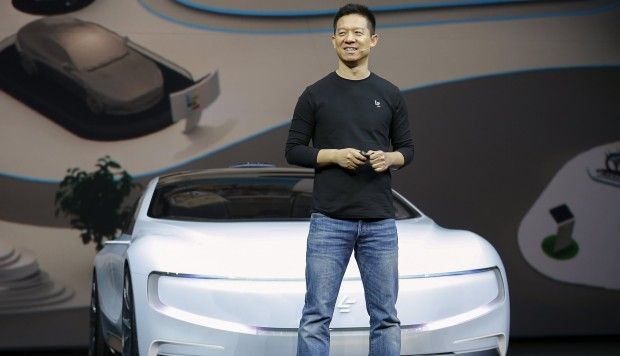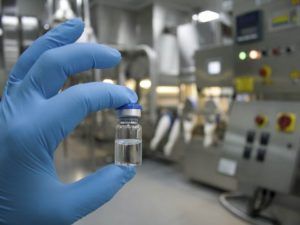Furrion’s Prosthesis exo-bionic racing mech is at CES.




Using detailed 3D images, researchers have shown how bacteria have evolved molecular motors of different powers to optimize their swimming.
The discovery, by a team from Imperial College London, provides insights into evolution at the molecular scale.
Bacteria use molecular motors just tens of nanometres wide to spin a tail (or ‘flagellum’) that pushes them through their habitat. Like human-made motors, the structure of these nanoscale machines determines their power and the bacteria’s swimming ability.

The scientist behind an advanced sex robot has plans for 3D printed offspring. Samantha, developed by Spanish robotics firm Synthea Amatus, went on sale in the United Kingdom last month for around $5,000 — but while the A.I. present in the initial version offers a range of functions like telling jokes, discussing philosophy and synchronizing climaxes, a future version could offer more ambitious features.
“I can make them have a baby. It’s not so difficult. I would love to have a child with a robot,” Sergei Santos, creator of Samatha, told The Sun in a Friday story.
Sex robots are a growing, but controversial, area of artificial intelligence. While some argue that such machines could spark a wider discussion about sexuality, others object to the aim to replicate human interaction. Futurologist Ian Pearson claims that by 2050, more than half of people will have sex with a robot.

This op-ed originally appeared in the Dec. 12, 2017 of SpaceNews magazine.
America’s space program has long held a special place in the public’s imagination, but NASA missions are limited by budget constraints. NASA must use its funding wisely to implement balanced, cost-efficient programs to develop enabling technologies, such as technologies to power future NASA missions. Speaking as the former project manager of three successful missions — Voyager, Galileo, and Cassini — and the canceled Prometheus-Icy Moons Orbiter, I have a unique perspective to share.


His ultimate quest, though, was the automobile. The integration of the internet and self-driving, emission-free vehicles, he once said, would not only clean up the country’s polluted cities, it would free up millions of people to consume more of LeEco’s services on their commutes.
Visionary or reckless risk-taker? Self-made internet entrepreneur Jia Yueting once ranked among China’s richest men, but overexpansion and a funding crunch have him scrambling to save his sprawling tech empire.


The extinction of various species has led to a segregation of human activity and natural activity, says Stewart Brand of The Long Now Foundation, which focuses on long-term strategies for the next 10,000 years. The organization develops biotechnology to allow humans to better co-exist with nature. In this interview filmed at the 2016 Aspen Ideas Festival, Brand discusses how biotechnology can be used to bring back the passenger pigeon from extinction and mitigate climate change at last.
